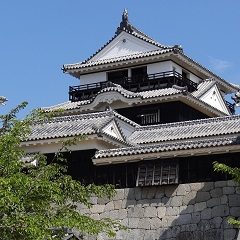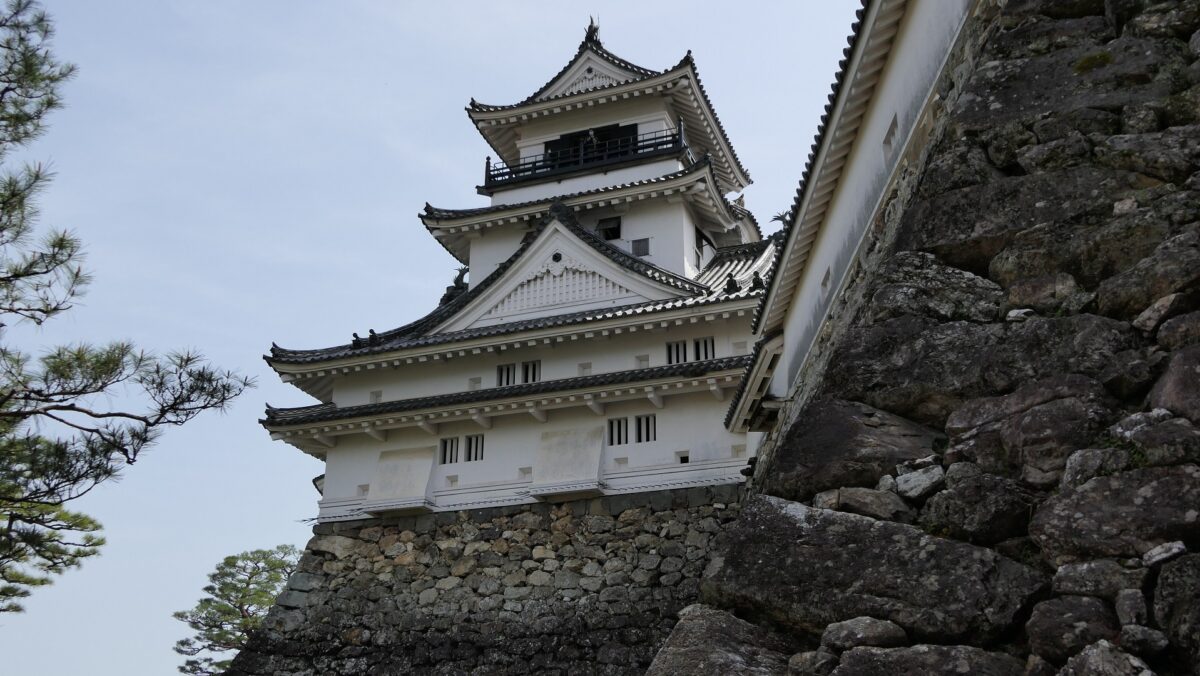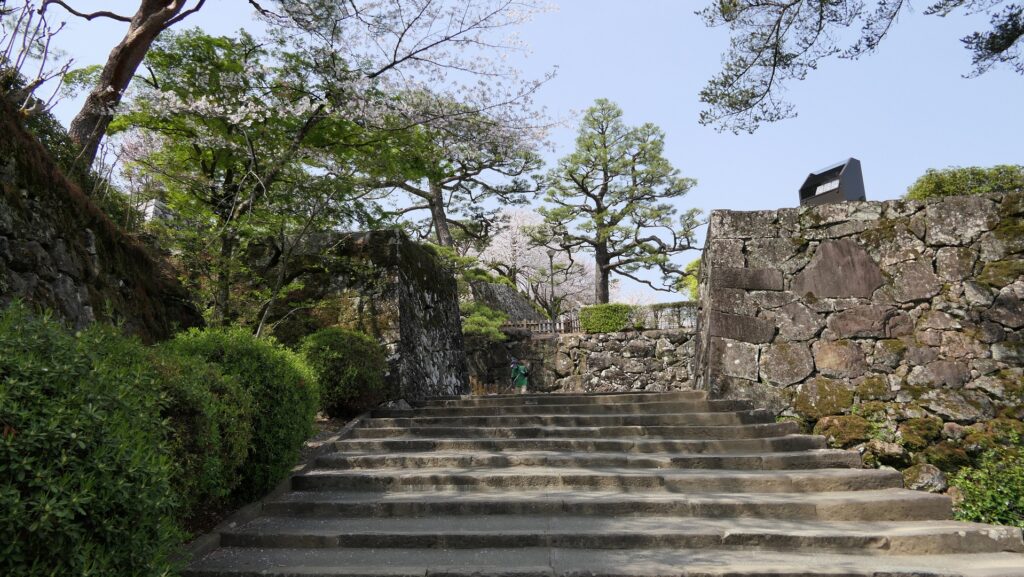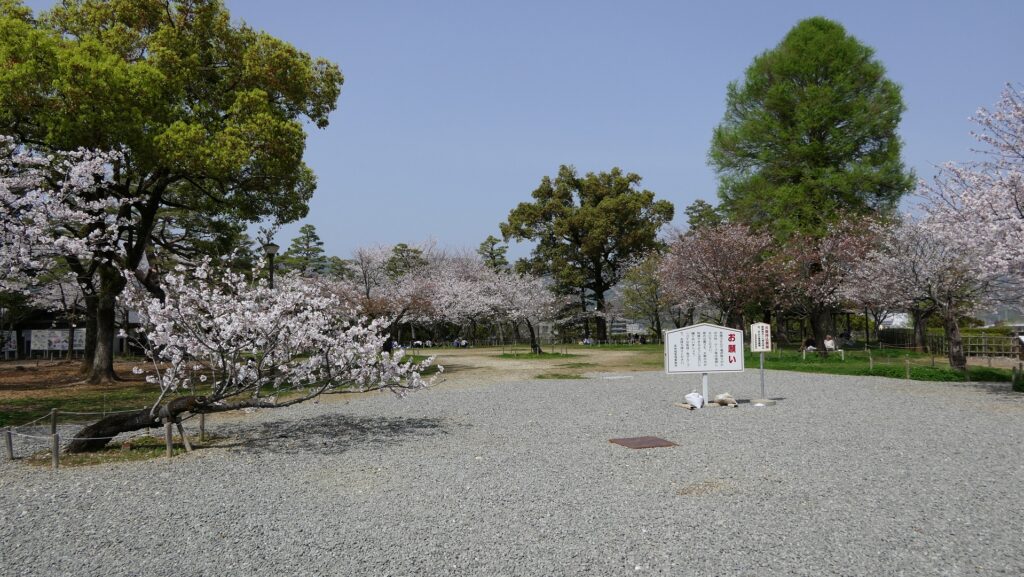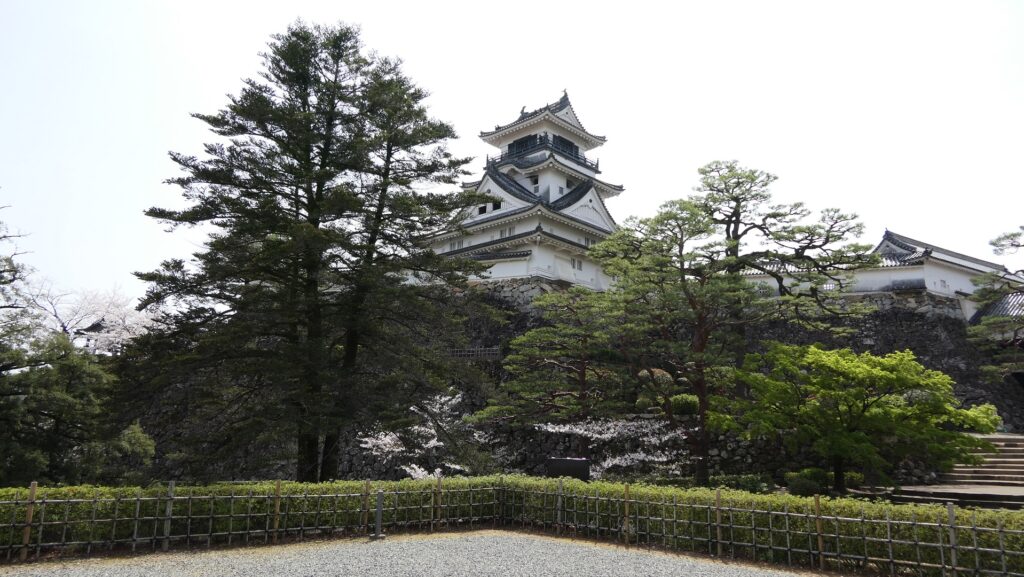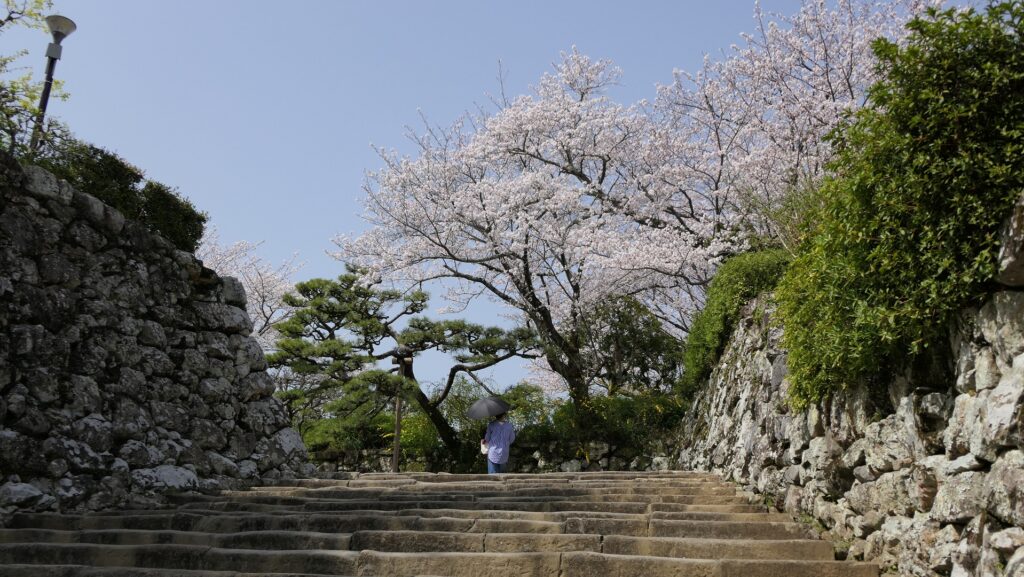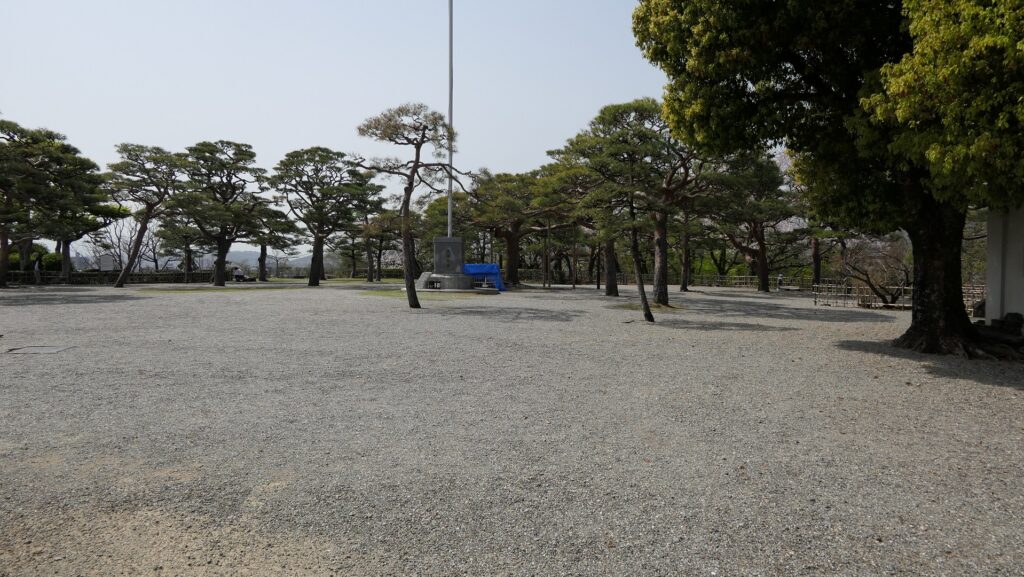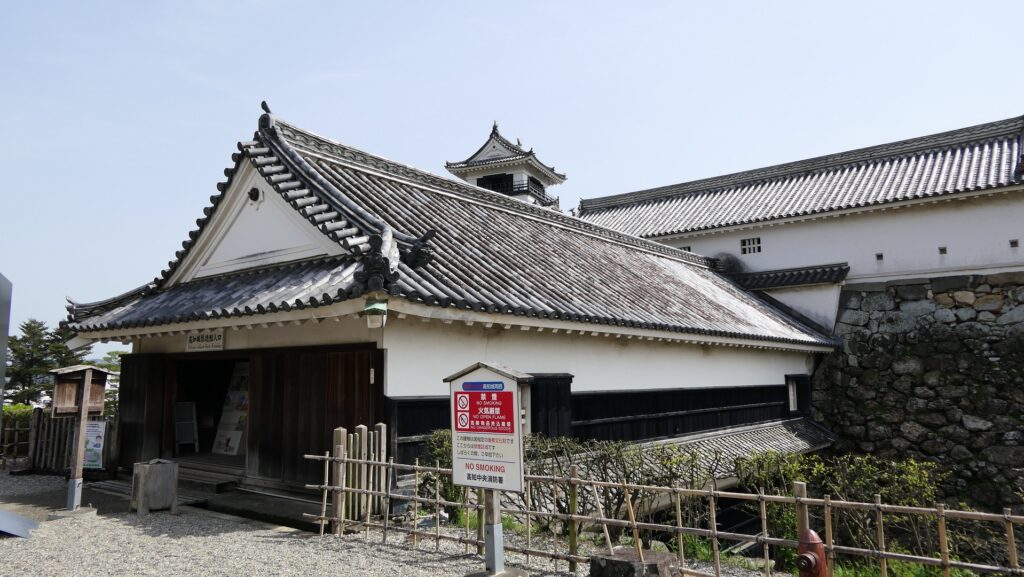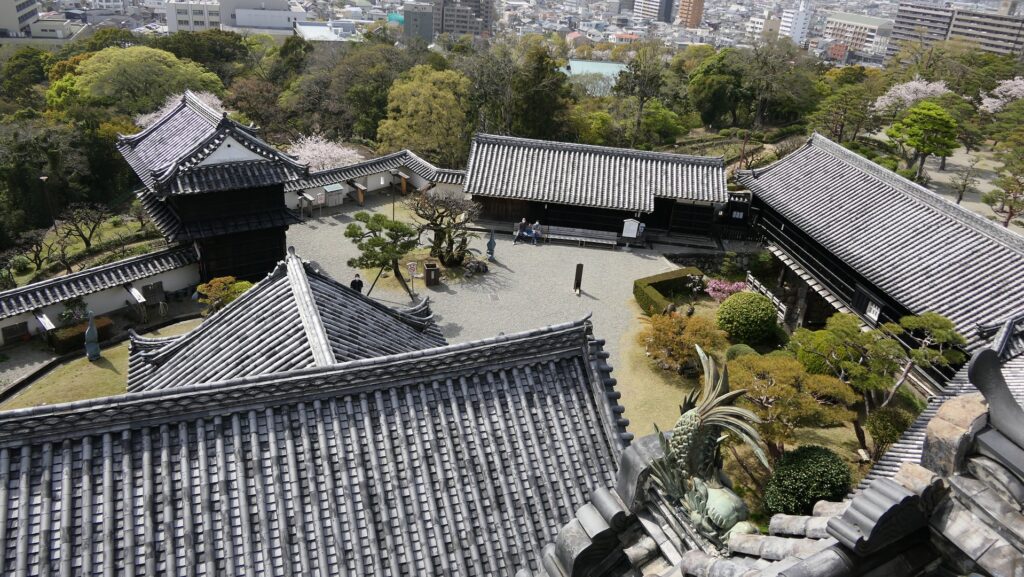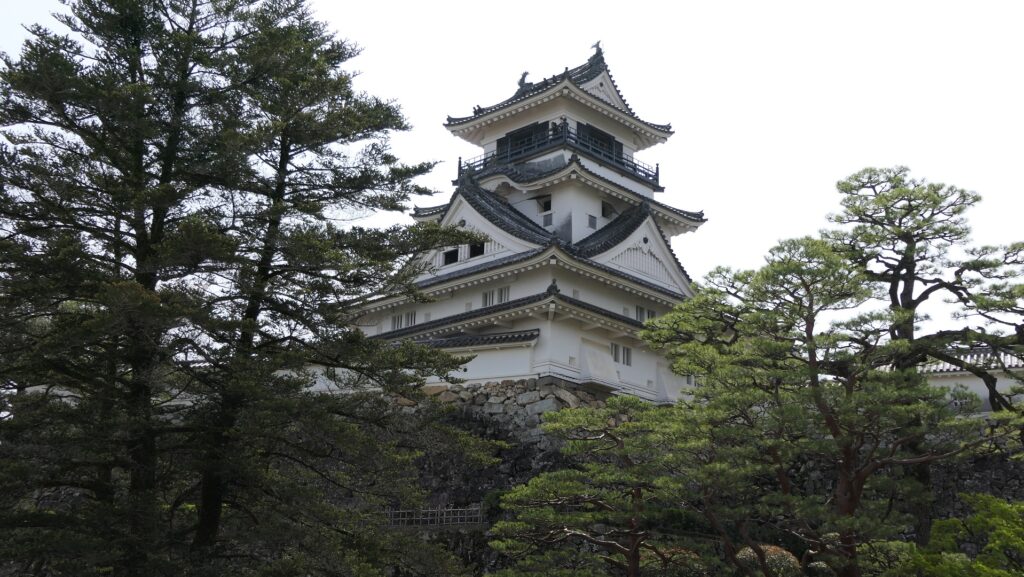Features
Interior of Main Tower
The first floor of the tower has some equipment for defense, such as machicolations and loopholes for guns. In addition, there are also iron spikes outside the floor to prevent enemies from climbing the tower, which is the only remaining example in Japan.
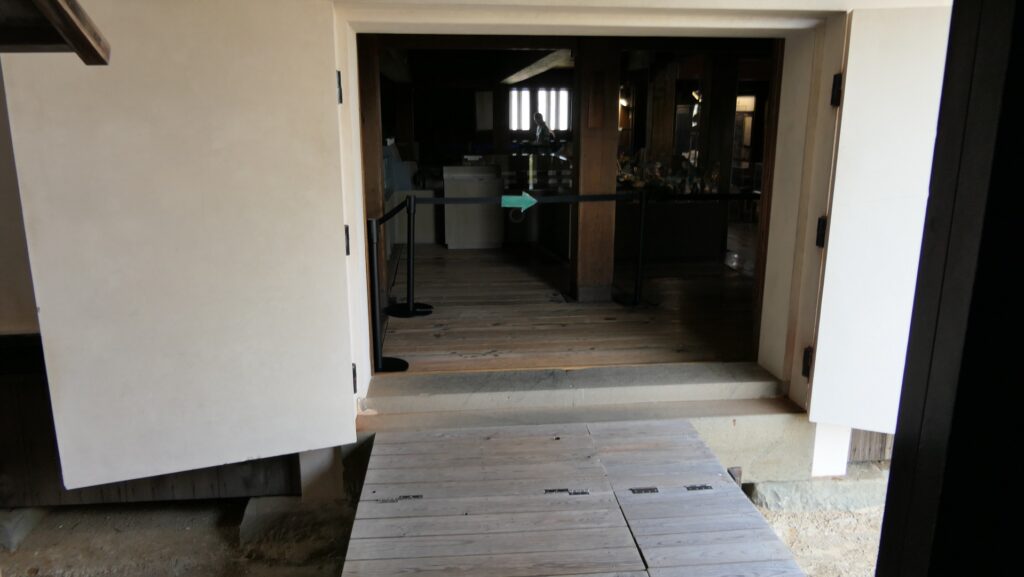
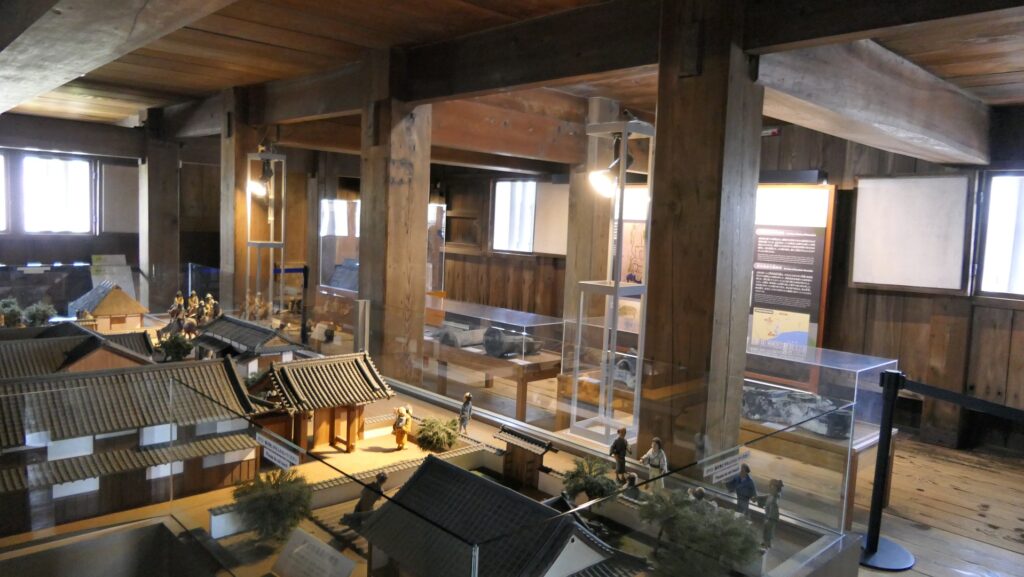

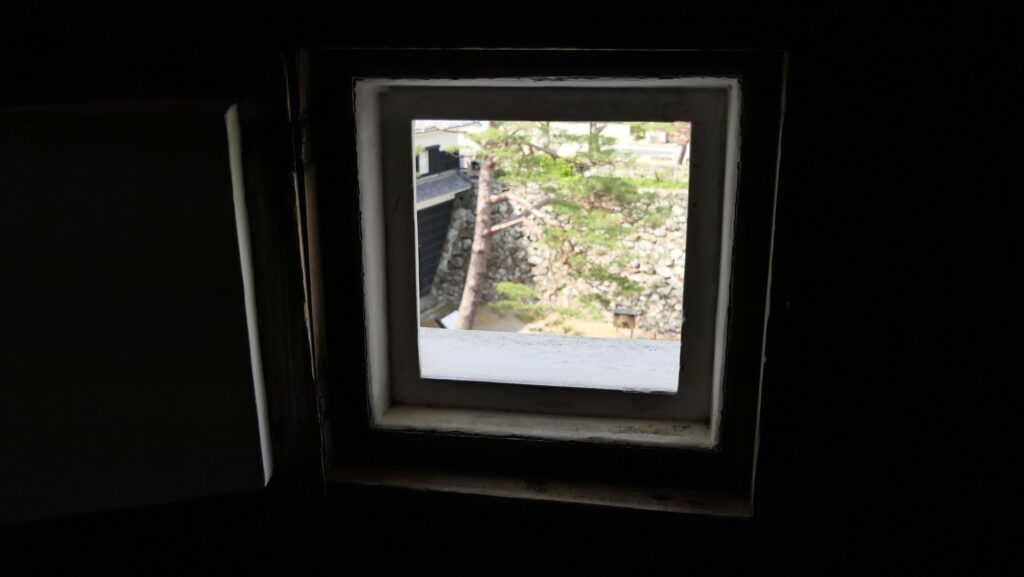
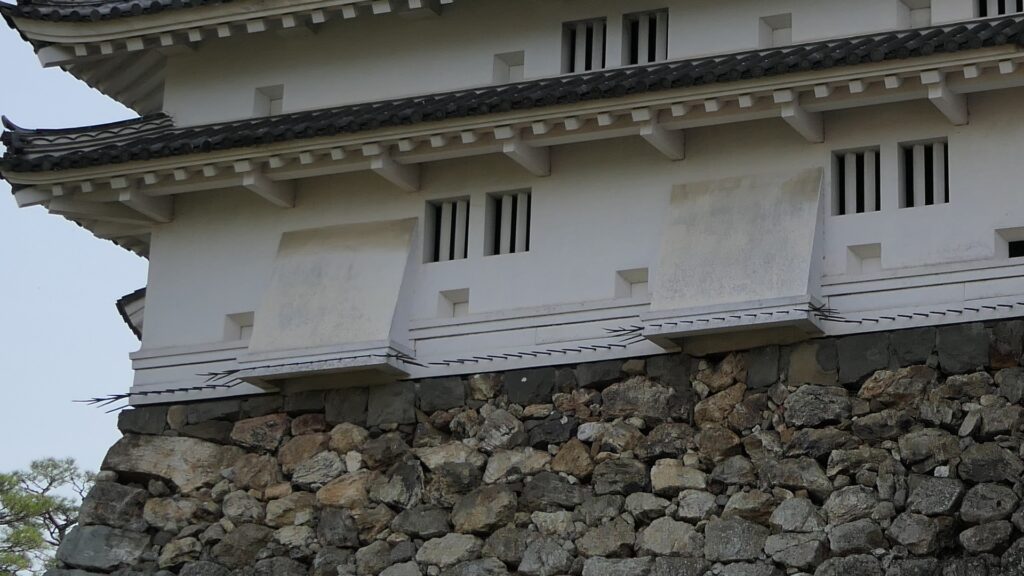
On the second floor, you can see lot of exhibitions about the castle like a miniature model.
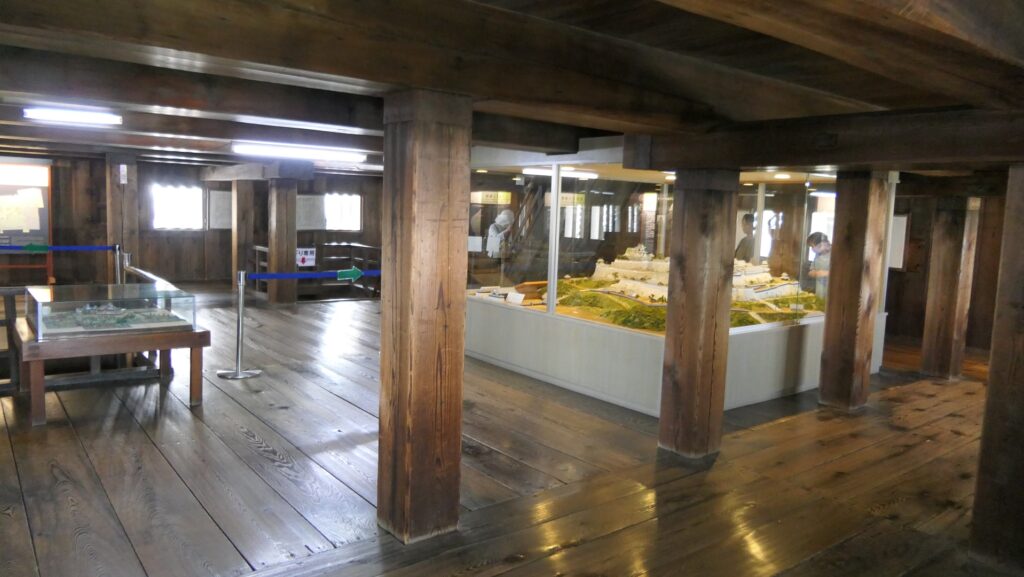
The third floor is basically the attic of the hip-and-gable roof, but it has windows and space inside the roof for defenders who could counter attackers.
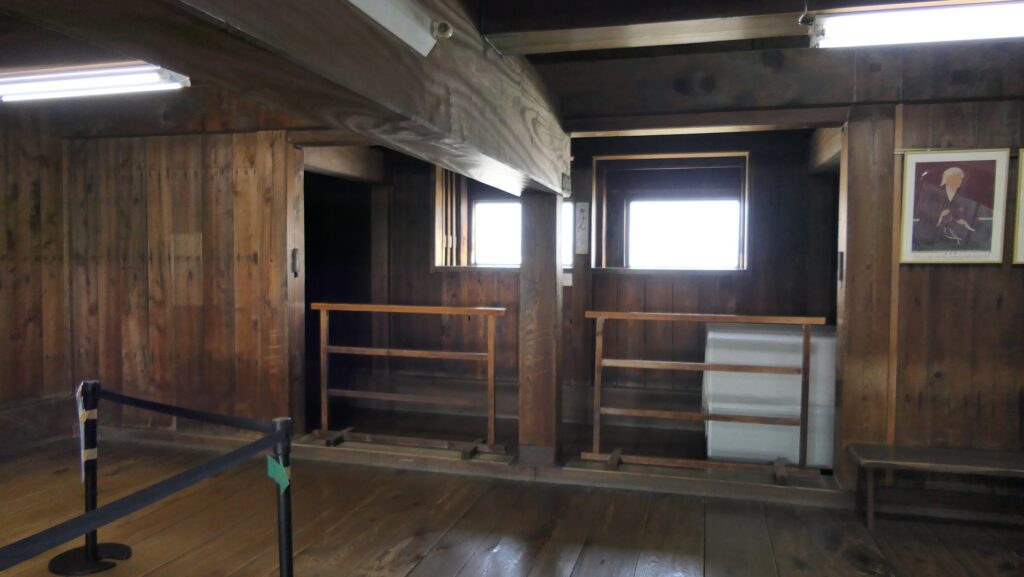
On the fourth floor, you can see one of the bronze grampuses on the roof close by through the window.
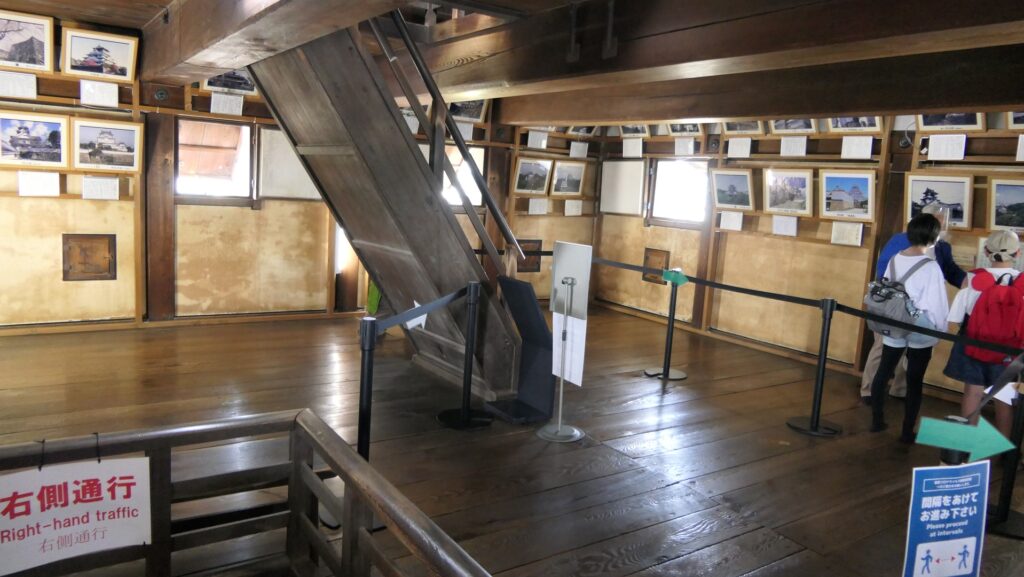
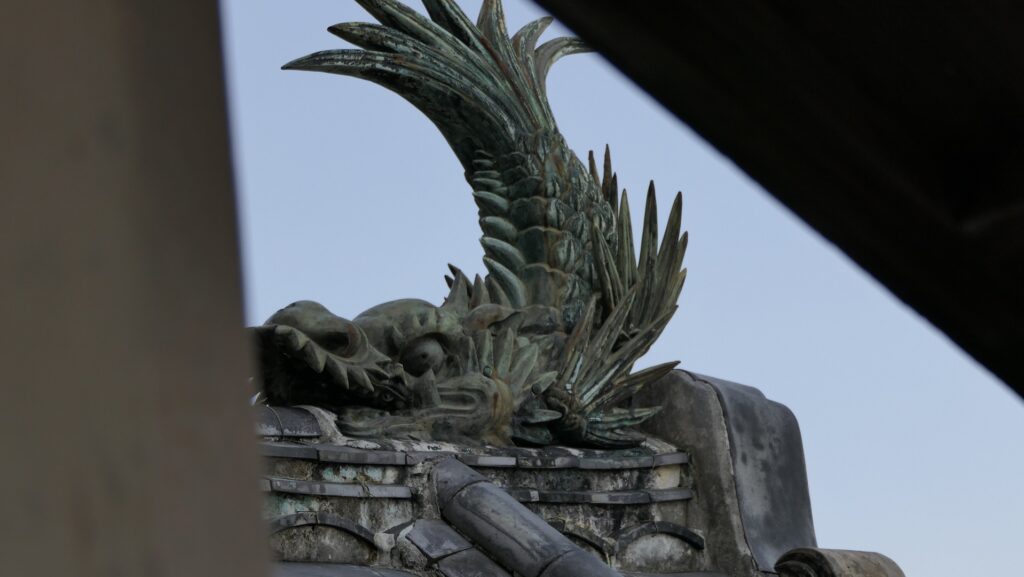
The fifth floor is a very dark attic, by contrast, the top floor is open and bright where you can enjoy a great view of the castle and city to all directions. You can also walk around the veranda (another steel handrail was added for safety and preservation) like the lord of the castle used to do.
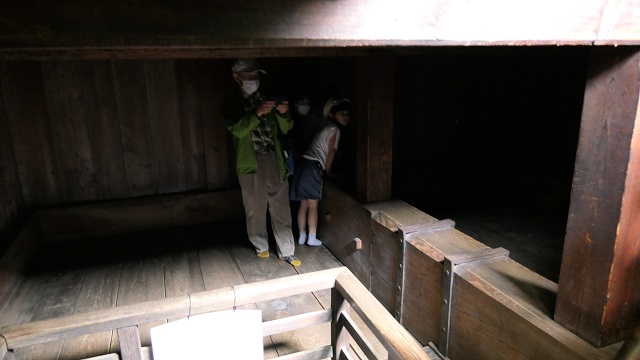
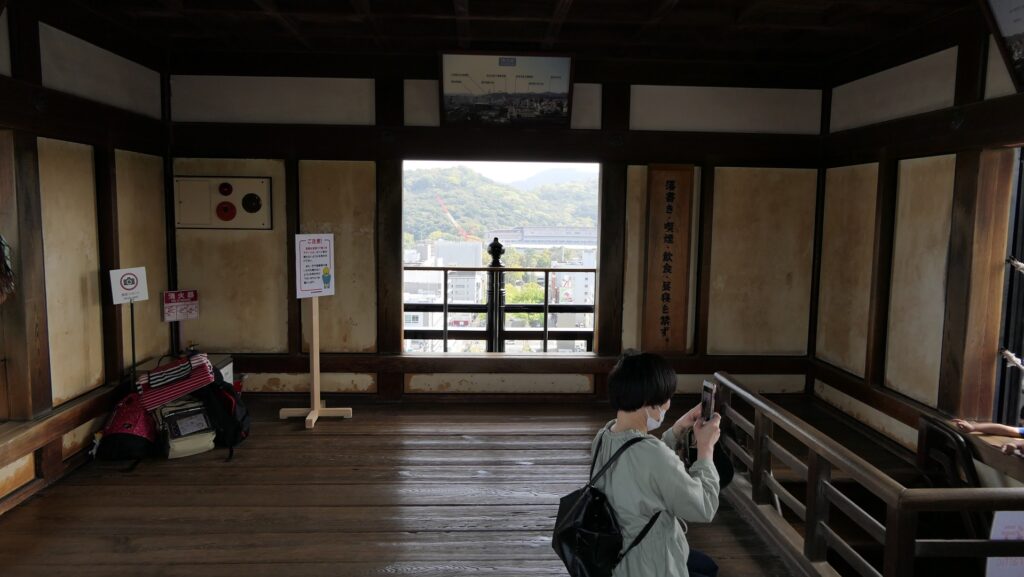
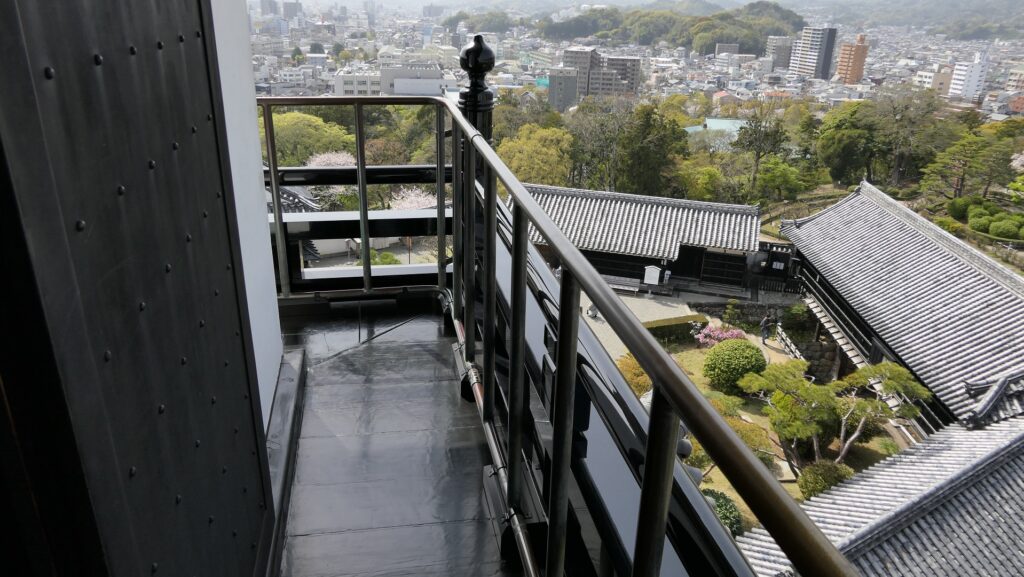
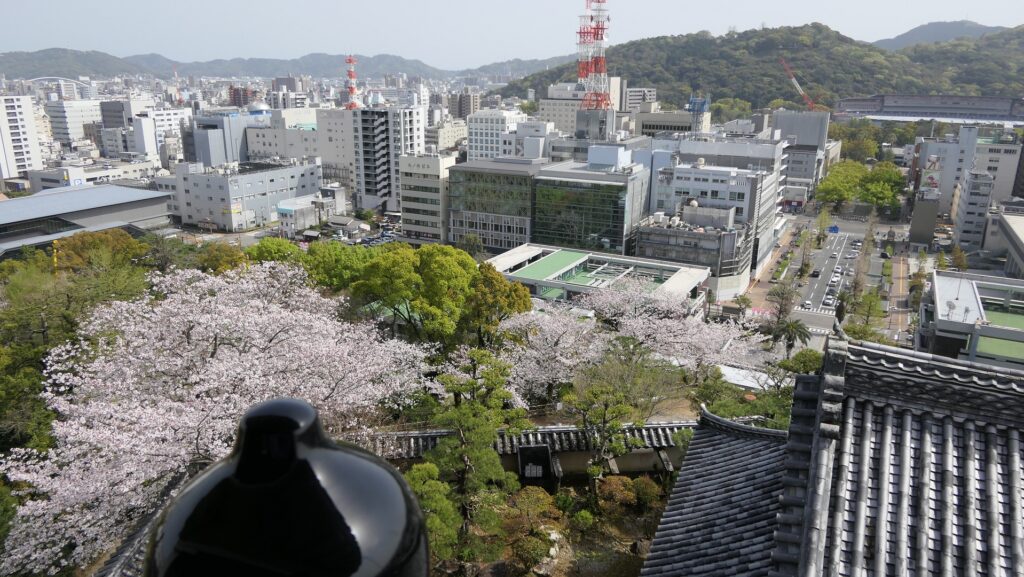
Later History
After the Meiji Restoration, Kochi Castle was turned into Kochi Park. All the buildings in the Second and Third Enclosures were demolished while the buildings in the Main Enclosure and a few others remain. All the 15 remaining castle buildings have been designated as Important Cultural Properties since 1950. The castle also became a National Historic Site in 1959.
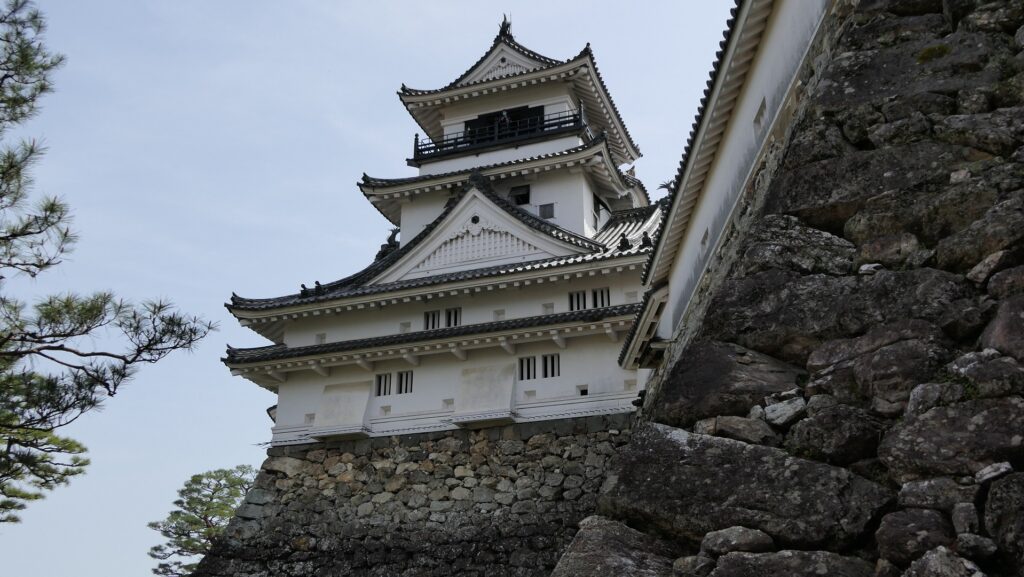
My Impression
When I visited Kochi Castle for the first time many years ago, I misunderstood the reason for the small Main Hall in the Main Enclosure. I thought it was because Japanese people in the past were shorter and smaller than now. In my recent second visit, I understood its real reason. I guess if the hall was very large, it might have been demolished like the hall in the Second Enclosure when the castle once became the park. If it is true, fortune is unpredictable and changeable.
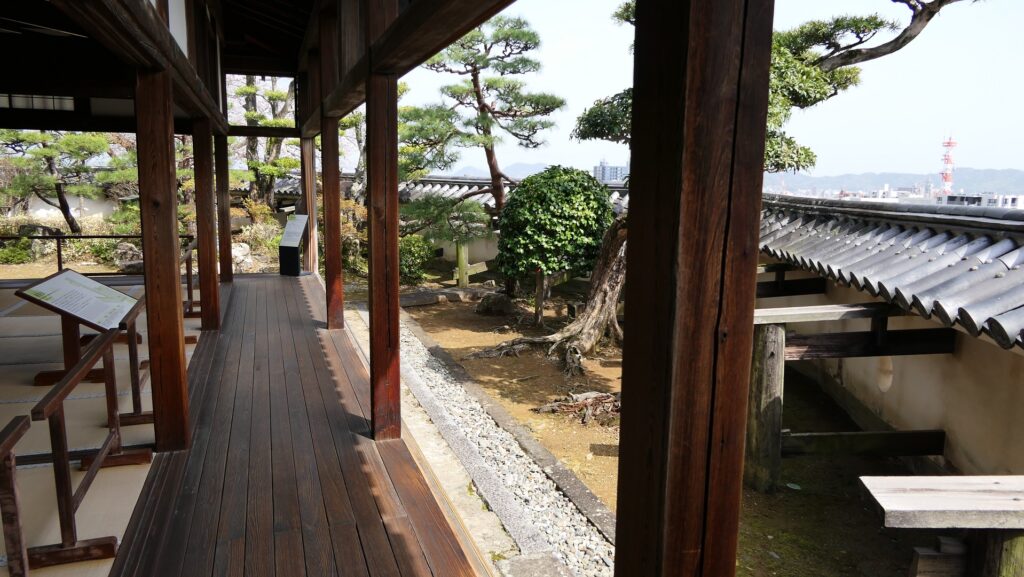
How to get There
If you want to visit there by car:
It is about 15 minutes away from Kochi IC on Kochi Expressway.
There are several parking lots around the castle such as the Kochi Park Parking Lot.
By public transportation, take the Tosaden Bus from JR Kochi Station and get off at the Kochijo-mae bus stop.
If you go there from Tokyo or Osaka, I recommend traveling by plane or using an express bus.
Links and References
That’s all. Thank you.
Back to “Kochi Castle Part1”
Back to “Kochi Castle Part2”
